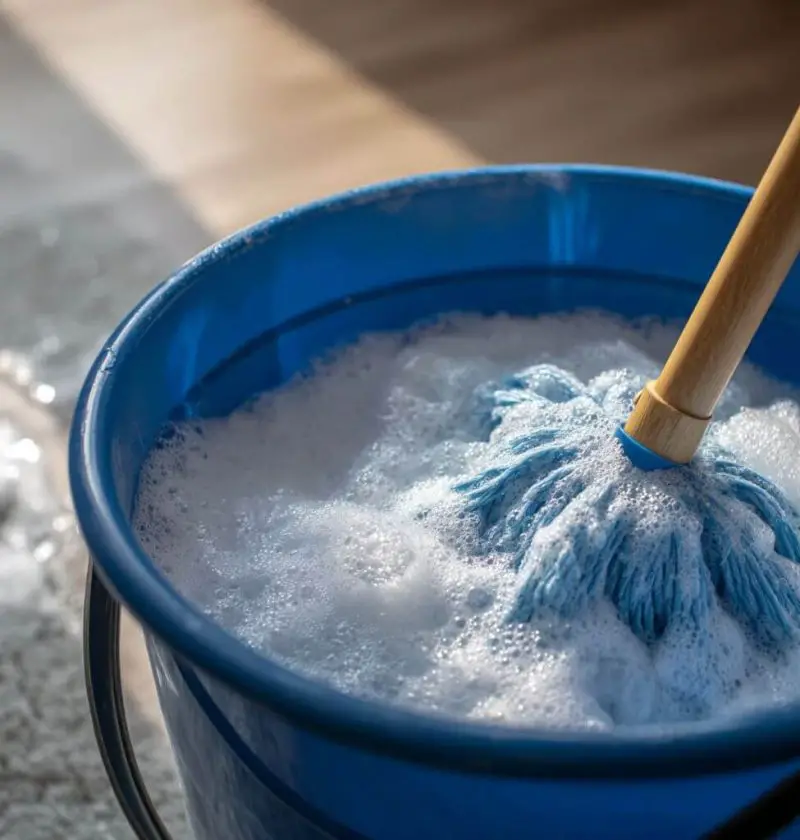Alright friend, let’s talk about something that’s been sitting in your bathroom cabinet for years, totally minding its own business… but it just might be the best thing you’re not using in your garden.
Yep, I’m talking about hydrogen peroxide. That little brown bottle? The one you use for skinned knees and maybe the occasional toothbrush soak? Turns out, it’s also kinda magical for plants.
I know—it sounds weird. But stick with me. I’ve been using this stuff in my garden for a while now, and let me tell you… it works. Like, really works. No fancy chemicals, no hard-to-pronounce ingredients. Just plain ol’ hydrogen peroxide.
Here’s how I use it—and why you might want to, too.
1. Got Bugs? Mold? Funky Leaf Spots? This Stuff Handles It
You ever walk out to your garden and just know something’s off? Like, those cucumbers were fine yesterday, and now suddenly half the leaves look like they’ve seen better days?
I’ve been there. Way too many times.
Hydrogen peroxide is kind of a superhero when it comes to dealing with fungus, mold, and even some garden pests. It’s antibacterial. It’s antifungal. And unlike some of that heavy-duty spray stuff, it won’t wreck your soil or freak out the bees.
Here’s what I do:
-
Mix about 1 part 3% hydrogen peroxide with 4 parts water
-
Pour it into a spray bottle
-
Spritz it on the affected plants—leaves, stems, even the soil if needed
Just don’t do it in the heat of the day. Early morning or late afternoon works best. No sense in frying your poor plants with a midday misting.
2. It Gives Roots a Boost (Like a Breath of Fresh Air)
This one sounds science-y, but it’s actually super simple.
Hydrogen peroxide is made up of water + oxygen—but with a little extra oxygen hanging out. When it breaks down, it releases that oxygen right into the soil.
And let me tell you—plant roots love oxygen. It helps them grow stronger, dig deeper, and suck up nutrients like a thirsty kid with a juice box. Especially if your soil’s been a little compacted or waterlogged? That extra oxygen is a total game changer.
3. Dirty Tools Spread Trouble—This Fixes That
Okay, confession time: I used to be really bad about cleaning my garden tools. I’d go from one plant to the next with the same clippers, thinking, Eh, it’s all dirt anyway.
Well, guess what? That’s how I spread a nasty leaf spot from one tomato plant to half my garden. Lesson learned.
Now, I just keep a little spray bottle of diluted hydrogen peroxide by my garden sink. Wipe down the tools after trimming, give ‘em a quick spray, and boom—no drama, no disease spread, no regrets.
Also works wonders on pots and seed trays if you’re reusing them. (And you should be reusing them. Let’s not toss stuff that still has life left in it, yeah?)
Save This Recipe
4. Get Those Seeds to Wake Up Faster
Here’s a fun little trick I picked up from an old gardening forum (bless those chatty plant nerds): soak your seeds in hydrogen peroxide before planting.
Why?
Because it helps:
-
Kill off any fungal spores
-
Soften tough seed coats
-
Speed up germination
Just let the seeds hang out in a weak solution (like a capful in a small bowl of water) for maybe 10–15 minutes. Rinse, plant, and wait. I swear I see little sprouts popping up faster than when I skip this step.
5. Keeps Funky Water at Bay (Especially in Hydroponics or Rain Barrels)
If you’re using hydroponics, or you’ve got a rain barrel that gets a little slimy come July, hydrogen peroxide is your new best friend.
Just a little bit keeps algae from taking over, and again—adds that sweet oxygen your plants crave.
I don’t measure this part too precisely—just a splash in a 5-gallon bucket does the trick for me. But if you’re into hydroponics, you might want to look up exact ratios so you don’t overdo it.
A Few Real-Talk Warnings (Because You Know I’m Gonna Be Honest With You)
-
Don’t go spraying this stuff full-strength all over your garden like you’re in a cleaning frenzy. It’ll burn your plants if it’s too strong.
-
Stick to 3% hydrogen peroxide, the kind you find at the drugstore.
-
Always dilute it. Seriously. Plants are tough, but not that tough.
Also… like with anything in gardening: what works great for me might need tweaking for you. Try a little, watch what happens, and adjust. Plants are pretty good at telling us what they like—if we’re paying attention.
Final Thoughts From a Dirt-Loving Lady Who’s Killed a Lot of Plants (and Learned From It)
Look, I’m not saying hydrogen peroxide will solve every single garden problem you’ve got—but it’s pretty darn handy. And the fact that it’s already in your house? Even better.
It’s cheap. It’s simple. And it actually works.
So next time you’re out there wondering why your zucchini leaves look weird, or whether those seeds are ever gonna sprout—maybe reach for that little brown bottle.
You might be surprised what it can do. 💚

